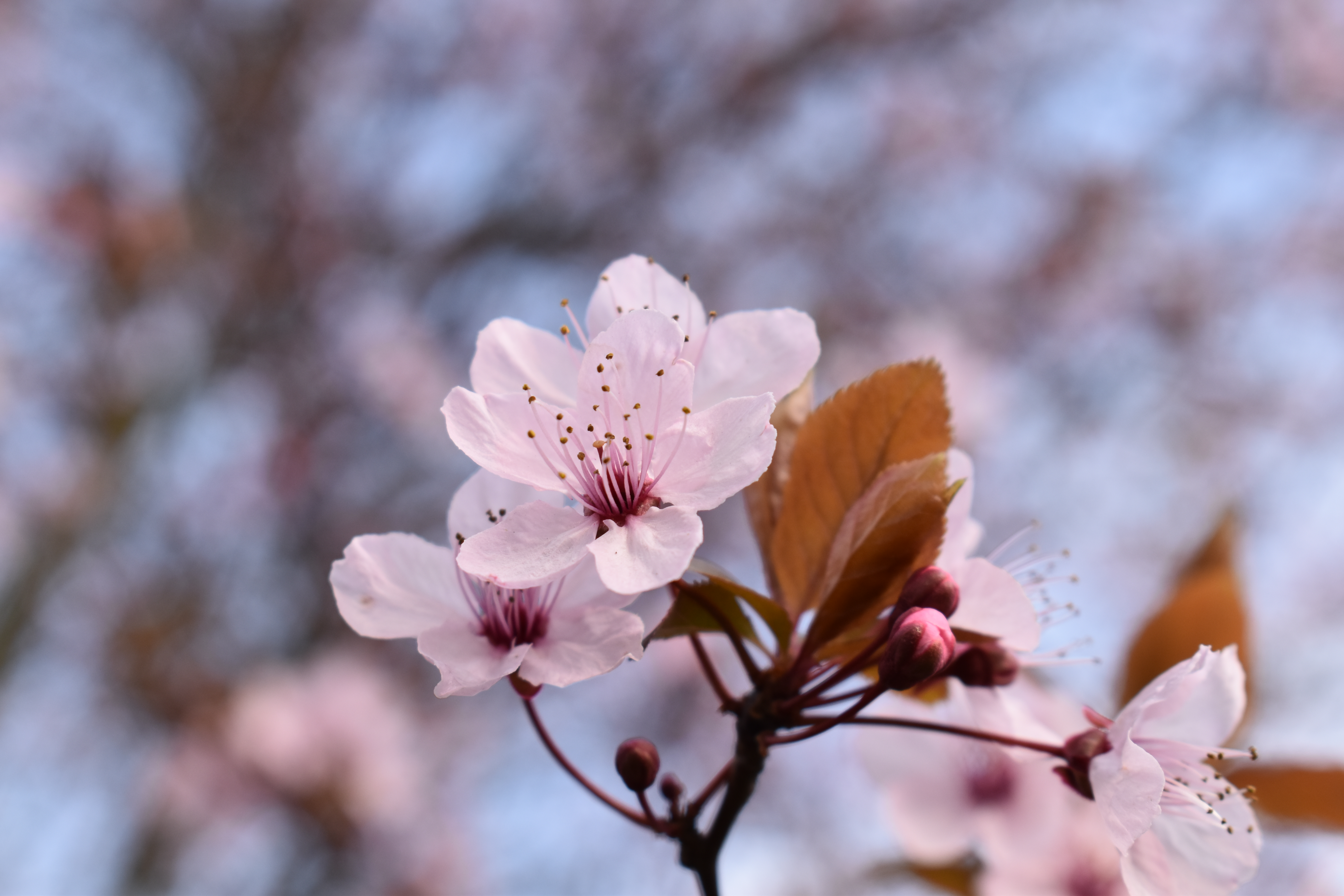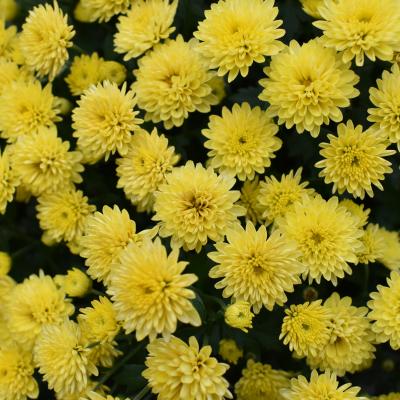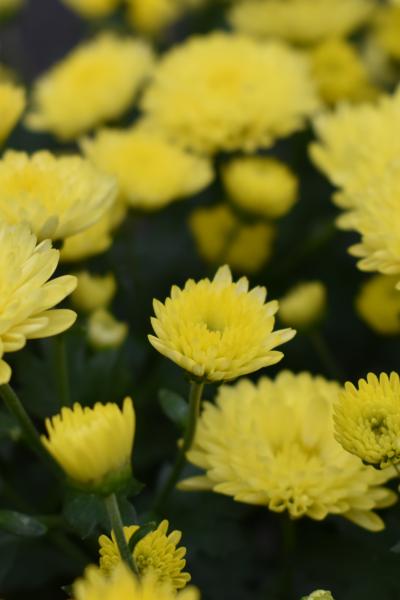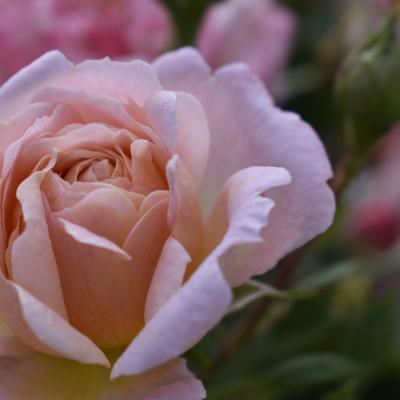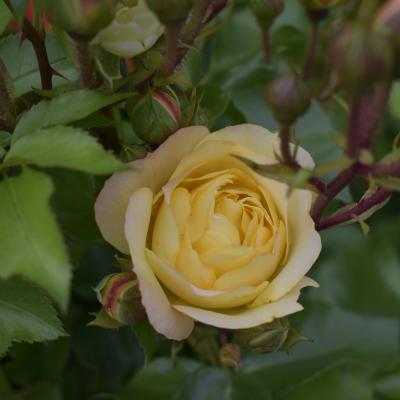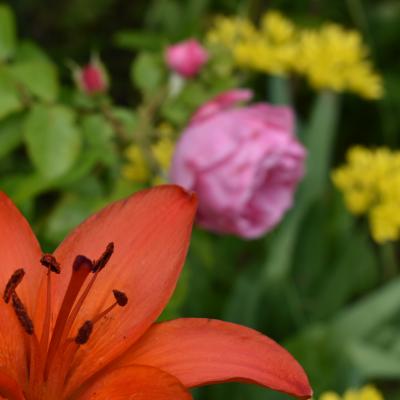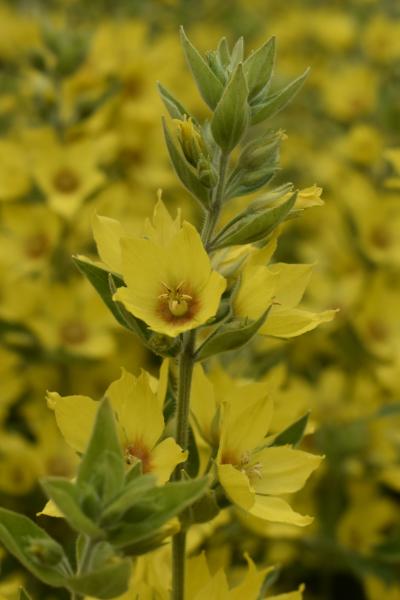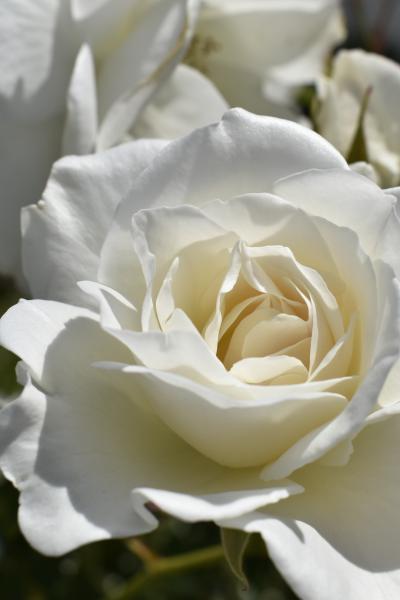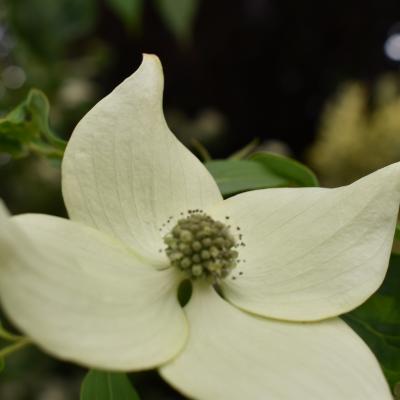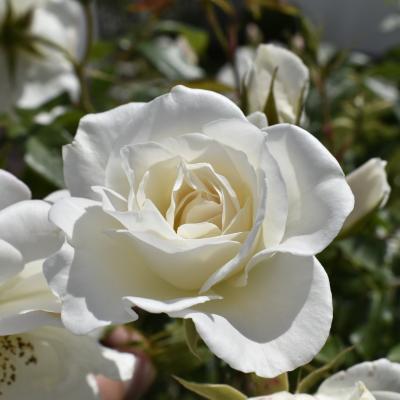The choice to prioritize long-term growth over instant gratification transforms how deeply and authentically life can be felt.
Structure, Color, and Life – Reflection and Curiosity
I was once asked by a friend why I take pictures of flowers. Her tone was playful, but I sensed a genuine curiosity beneath it. At that moment, I was too tired to explain the intricate thoughts running through my mind—how light frequencies interact with matter, how different species perceive entirely unique images, how even the image we see is slightly removed from us in time. There was so much to say, so much that comes together to form what we call a 'picture.' But instead, I just smiled and let the question linger.
Later, though, the question stayed with me—not because I needed to defend my choice, but because it reminded me of the endless wonder embedded in what we see. Every photograph I take feels like a small attempt to honor that wonder—to capture the science, the beauty, and the fleeting moment of harmony that light and life create together.
Photography, in these instances, is a meditative practice; it’s a state of harmony that goes beyond the monotonous regularity. It’s about appreciating the subtleties and complexities of nature that are often overlooked. A flower is not just a flower—it’s a masterpiece of structure, color, and life, changing from one day to the next, shaped by the light that dances across its petals.
Recently, I discovered there's a word that gives a summary of this sentiment, a concept that's embraced in cultures that find profound beauty and significance in the simple act of observing flowers. This word gives a name to the silent conversation between observer, the observed, and the fleeting nature of life itself.
After years of capturing these fleeting moments, it’s clear now—sometimes the longest wait reveals the most profound truths. Hanami wasn't just a word to discover; it was a lesson in the art of patient observation.
